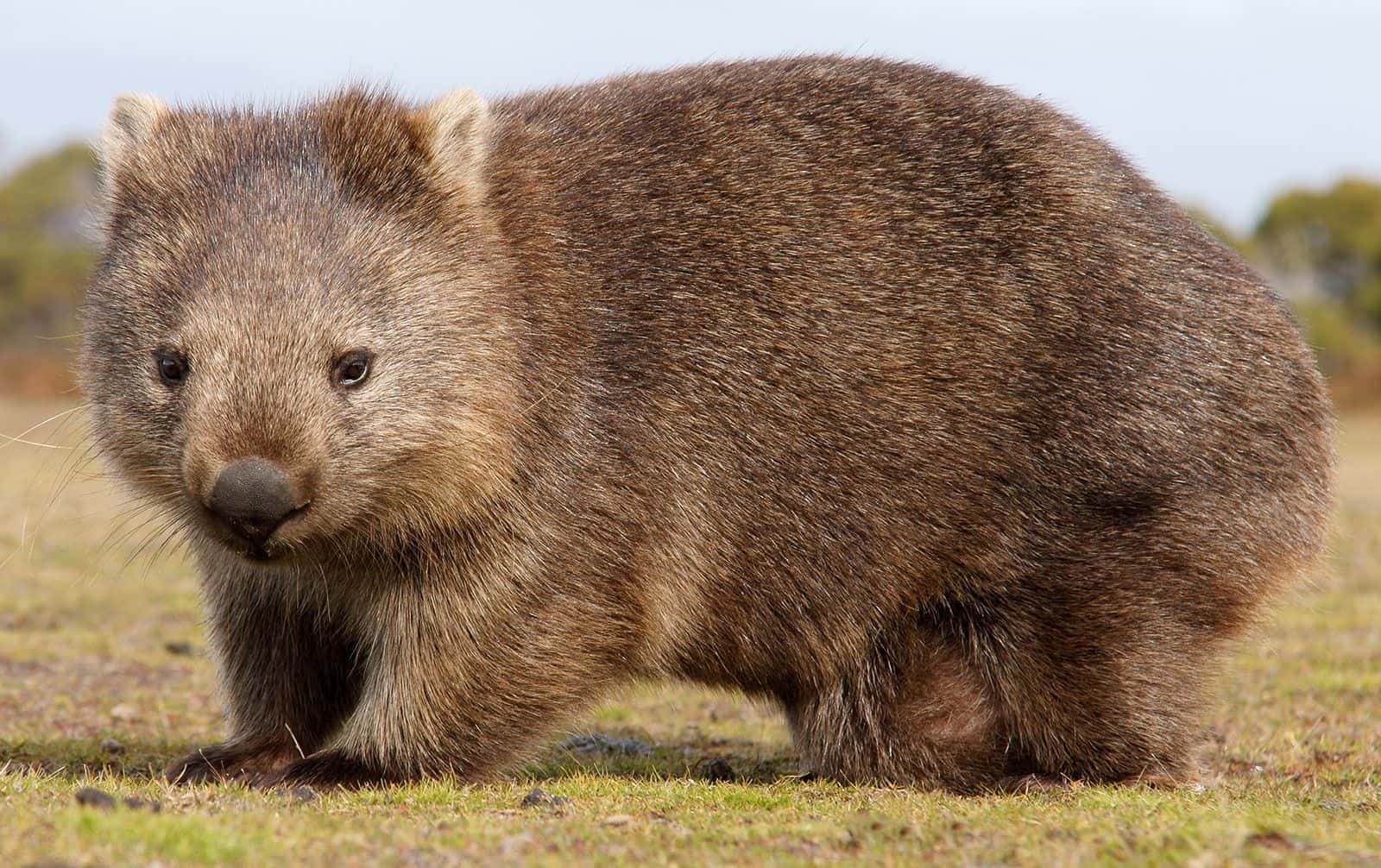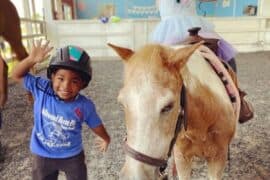Wombats 101: A Delightful Guide for Curious Parents
Hello there, fabulous parents! Are you on the lookout for an adorable and quirky creature to introduce to your little ones’ wildlife journey? Look no further than the wonderful world of wombats! These cuddly creatures are not only interesting but also play a vital role in their ecosystems. So, buckle up as we explore the enchanting facts about wombats that will leave both you and your kiddos wide-eyed with wonder.
What Are Wombats Anyway?
Wombats are burrowing mammals native to Australia and belong to the family Vombatidae. These furry friends have a distinctive, cube-shaped poop (yes, you read that right!) and are known for their remarkable digging abilities. Your children might find it amusing that wombats are like the natural architects of the animal kingdom – creating extensive networks of tunnels and burrows!
Meet the Three Species of Wombats
- The Common Wombat (Vombatus ursinus): Well, the name says it all! This species is the most widespread, roaming around the southeastern parts of Australia. They have a cuddly bear-like appearance and are the ones you’re likely to spot waddling around in a zoo.
- The Southern Hairy-nosed Wombat (Lasiorhinus latifrons): These adorable creatures are mostly found in the arid and semi-arid areas of southern Australia. With silky fur and slightly larger ears, they’re tailored perfectly to their environment.
- The Northern Hairy-nosed Wombat (Lasiorhinus krefftii): The rarest of the trio, this species is critically endangered with a tiny population residing in Queensland. They’re like the precious gems of the wombat world, requiring our protection and care.
Why Wombats Are Important
While wombats are undeniably cute, they also play significant ecological roles. Their digging pursuits aid in soil aeration and the distribution of seeds, thus fostering plant growth. They’re nature’s little tillers, promoting healthy landscapes across their habitats. Teaching your kids about the importance of each creature, wombats included, helps instill values of conservation and respect towards nature.
Wombat Behaviour: The Fun Details
Wombat antics are sure to captivate the imaginations of your children. These chunky critters are mostly nocturnal, so if you’re ever on an Australian adventure, keep your eyes peeled at dusk or dawn. They’re also quite solitary but do exhibit amusing behaviours such as play-fighting, chasing, and their peculiar waddle-running, which is absolutely hilarious and endearing to watch. This makes wombats not just another animal, but a source of joy and fascination.
While there’s a lot to say about these burrowing buddies, what stands out the most is their indomitable spirit and their unique adaptations to the wilderness of Australia. If you’re ready to jump down the wombat burrow and uncover more intriguing facets of their lives, keep on reading. Let’s nurture the budding zoologists in our homes with stories and facts about these remarkable creatures that call the land Down Under their home. Stay tuned for more wombats wonders!
Before we bid goodbye for now, remember that understanding and appreciating wildlife can be a fabulous bonding experience for families. Wombats, with their unique charm and ecological significance, offer an excellent opportunity for parents and children to learn and grow together. Keep this spirit of curiosity alive, and who knows, you might have a young wombat enthusiast in your midst sooner than you think!

5 Things Parents Should Know Before Introducing Their Kids to Wombats
Embarking on the quest to learn about wombats can be a thrilling experience for you and your family! To ensure an enriching and factual animal adventure, here are five key things to consider before you and your kiddos dive headfirst into the world of these lovable creatures.
1. Wombat Encounters in the Wild
Though witnessing a wombat in its natural habitat can be extraordinary, it’s important to understand safety protocols. Wombats can be shy and generally non-aggressive, but like any wild animal, they can become defensive if provoked or cornered. When observing wombats, keep a respectful distance and admire these furry architects without disturbing their daily routines. It’s a chance to teach your kids about the ethics of wildlife observation!
2. Understanding Wombat Conservation
With one of their species listed as critically endangered, wombats need our help. Familiarize your family with the threats these creatures face, like habitat destruction and disease. In turn, explore the conservation efforts in place to protect them, such as protected sanctuaries and breeding programs. It’s a valuable lesson in empathy and conservation for your little earth warriors.
3. Wombat Health and Diet
Did you know that wombats have a very specific diet consisting mostly of grasses, roots, and bark? It’s important for kids to learn about the wombat’s dietary requirements because it helps them understand how each animal fits into the ecosystem. If you’re thinking of meeting wombats at a sanctuary, ensure that your family knows not to feed them as it could harm their health.
4. Creating Wombat-Friendly Spaces
If you’re lucky enough to live in an area that’s native to wombats, consider how your property can be a safe haven for them. For instance, maintaining a clutter-free yard can prevent injuries to wombats who might wander onto your land. This initiative can encourage children to think about how our actions impact the habitats of these adorable diggers.
5. The Magic of Wombat Poop
Yes, you’ve heard about their cube-shaped poop, but there’s more to it than novelty. Wombat droppings are a fantastic conversation starter about animal adaptation. The unique shape prevents the poop from rolling away, allowing wombats to mark their territory and communicate with one another. Engage your kids in crafting activities to recreate this quirk of nature, emphasizing the science behind it in a fun and interactive way!
Understanding these five aspects sets the stage for a thoughtful and awe-inspiring introduction to wombats. Taking this knowledge onboard can turn a simple interest into an educational lifestyle, fostering a lifelong passion for wildlife. So arm yourselves with curiosity, and let’s walk this exciting path to wombat wisdom together!
As we delve deeper into the behavior, care, and protection of these endearing fuzzballs, your family is sure to form an incredible bond not just with wombats but with nature itself. There’s a whole world to discover through the eyes of a wombat enthusiast, and the journey has just begun. Immerse your children in the waggle and wobble of these amazing creatures, and watch their love for the natural world grow exponentially!
For more great fun click here. For more information see here
Disclaimer
The articles available via our website provide general information only and we strongly urge readers to exercise caution and conduct their own thorough research and fact-checking. The information presented should not be taken as absolute truth, and, to the maximum extent permitted by law, we will not be held liable for any inaccuracies or errors in the content. It is essential for individuals to independently verify and validate the information before making any decisions or taking any actions based on the articles.




